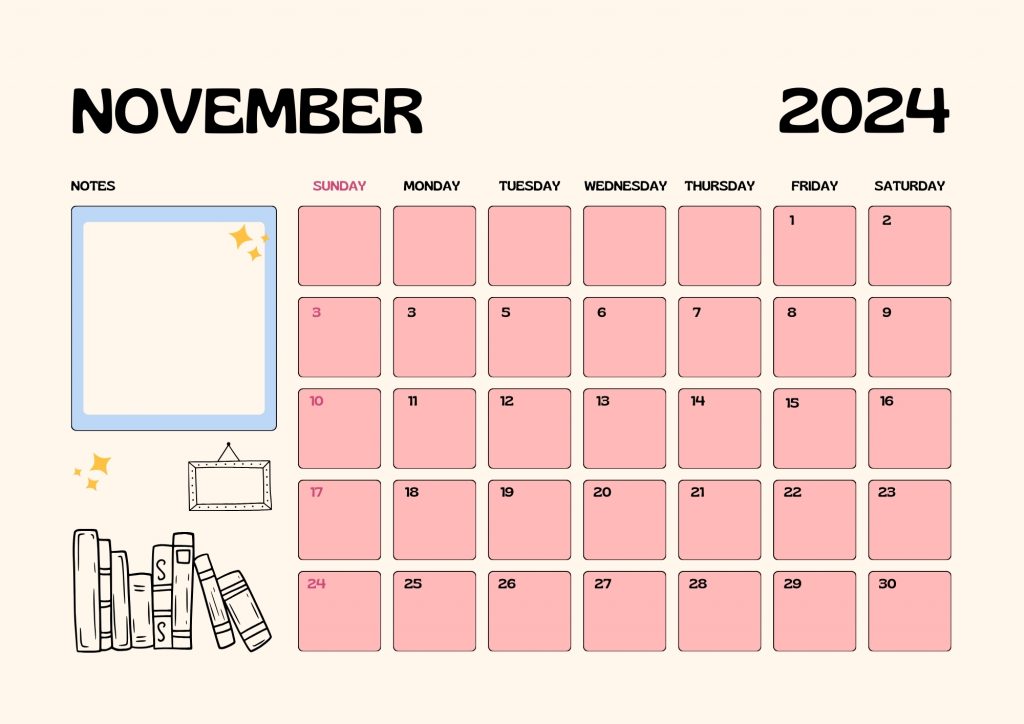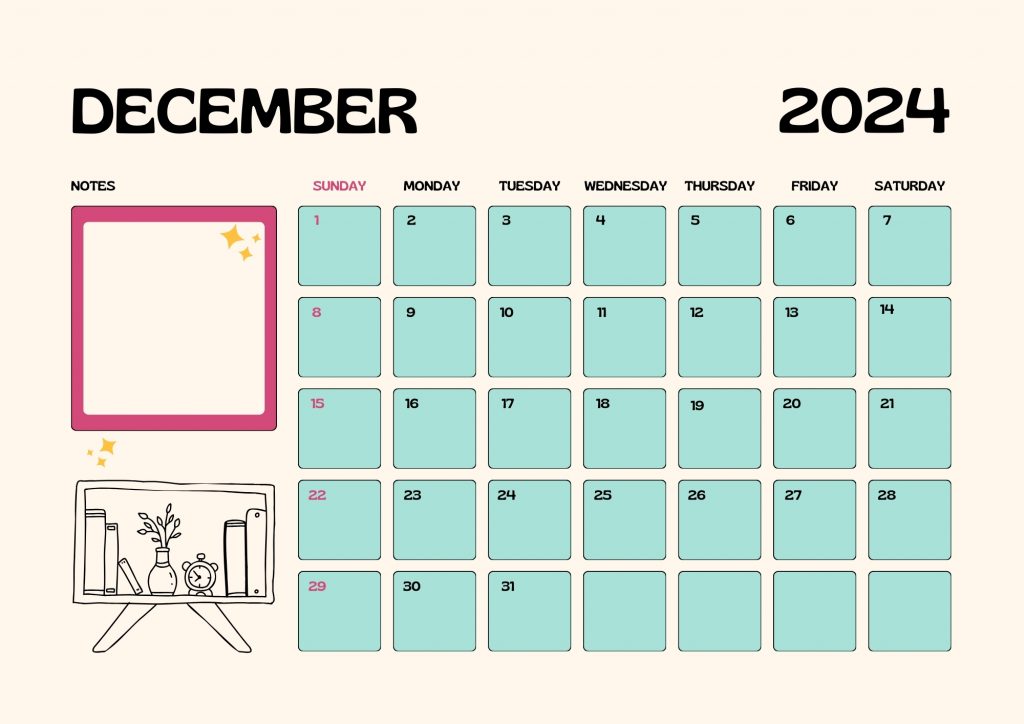1. New Year’s Day – January 1 (Wednesday)
The year begins with a mid-week New Year’s Day. While some may still be in celebration mode, others may take this opportunity to rest or set intentions for the year ahead. Whether it’s gathering with loved ones or journaling about the year to come, January 1 is all about beginning afresh.
2. Full Moon – January 14 (Tuesday)
The first full moon of the year, also known as the Wolf Moon, occurs on January 14. This is a time when many people focus on reflection, gratitude, and letting go of what no longer serves them. It’s a natural pause for those who want to incorporate lunar energy into their personal growth routines.
3. Martin Luther King Jr. Day – January 20 (Monday)
Observed on the third Monday of January, this day celebrates the legacy of Dr. Martin Luther King Jr. It’s a day of reflection on civil rights and equality in the U.S., often marked by community service, educational events, and commemorative celebrations.
4. Australia Day – January 26 (Sunday)
For Australians, January 26 is a national holiday. It’s a day to celebrate the country’s history, culture, and achievements. Events, fireworks, and gatherings are common, though it’s also a day for thoughtful acknowledgment of Indigenous history and contributions.
How to Download:
1. Click on the image you like.
2. Download the PDF file.
3. Print it out on your preferred paper size (A4 or US Letter works best).
Other Observances in January
- Dry January: A growing number of people choose to abstain from alcohol for the month, focusing on health and wellness as they start the year.
- Veganuary: This month-long challenge encourages people to try a vegan diet, emphasizing plant-based eating and environmental consciousness.
- National Hobby Month: January is a great time to pick up a new hobby or revisit an old one, whether it’s painting, knitting, or learning an instrument.
Seasonal Themes and Monthly Planning
- Goal-Setting: January is the ideal month to set or review goals, whether personal, professional, or fitness-related. Using a January calendar can help you break down goals into manageable steps.
- Organizing and Decluttering: Many people use January as a month for organizing. A fresh, clean space can lead to more productivity and a clearer mind.
Tips for Using a January 2025 Calendar
- Highlight Important Dates: Mark holidays and important personal dates to keep your schedule organized.
- Create Weekly Themes: To stay motivated, try dedicating each week to a different focus, like fitness, learning, or relaxation.
- Reflect on the Past Year: Dedicate time on your calendar for personal reflection, revisiting memories, and celebrating accomplishments from 2024.
- Schedule Self-Care: Block out time for self-care activities. Use January’s slower pace as a way to recharge after the holiday season.
January 2025 promises new possibilities and time to establish habits that can shape the rest of the year. Embrace the energy of fresh beginnings, and let your January calendar be a tool for growth, joy, and planning the year ahead!
Tips for Using a January 2025 Calendar
- Highlight Important Dates: Mark holidays and important personal dates to keep your schedule organized.
- Create Weekly Themes: To stay motivated, try dedicating each week to a different focus, like fitness, learning, or relaxation.
- Reflect on the Past Year: Dedicate time on your calendar for personal reflection, revisiting memories, and celebrating accomplishments from 2024.
- Schedule Self-Care: Block out time for self-care activities. Use January’s slower pace as a way to recharge after the holiday season.
January 2025 promises new possibilities and time to establish habits that can shape the rest of the year. Embrace the energy of fresh beginnings, and let your January calendar be a tool for growth, joy, and planning the year ahead!
Tips for Using a January 2025 Calendar with ADHD
1. Use Visual Cues and Color Coding
Color coding your calendar can be an effective tool to stay organized and visually break up different types of tasks. For example:
- Green for personal time
- Blue for work or school tasks
- Red for urgent deadlines This helps the brain quickly recognize priorities and can make your calendar less overwhelming to look at.
2. Set Small, Manageable Goals
Instead of writing down big, daunting tasks, break them into smaller steps and spread them across multiple days. For example:
- Instead of “Organize entire closet,” break it down: “Day 1: Sort shoes,” “Day 2: Fold clothes,” etc. This approach helps avoid feeling overwhelmed and keeps you motivated by making it easy to check things off.
3. Incorporate Alarms and Timers
Using a digital calendar with alarms and reminders can help you stay on track. Try setting timers for each task to stay focused for short bursts, such as the Pomodoro Technique (25 minutes focused work, 5-minute break). This strategy can improve concentration and make tasks more manageable.
4. Schedule Breaks and Movement
If you’re using a calendar for daily planning, make sure to schedule in breaks and movement every couple of hours. Physical activity can be a great way to reset focus and reduce stress, so build in mini “move breaks” every hour or two. Consider marking these in a different color on your calendar.
5. Limit and Simplify Goals for Each Day
It can be tempting to fill your calendar with ambitious plans, but try limiting yourself to two or three main tasks per day. This way, even if distractions come up, you’re more likely to accomplish what you set out to do. For extra support, make it a habit to pick one “must-do” item each day.
6. Use Sticky Notes for Flexibility
For physical calendars, try using sticky notes for tasks that tend to be more challenging or flexible in timing. This way, if you need to move a task to a different day, it’s as simple as moving the sticky note—no erasing or re-writing needed!
7. Plan for Distractions and Time Cushioning
Set aside a buffer for time. If a task typically takes 30 minutes, try to schedule it for 45 minutes instead. This extra time allows for short distractions and helps avoid feeling rushed.
8. Celebrate Wins with Check Marks or Stickers
Use check marks or stickers for every task you complete to create a visual sense of accomplishment. For some people, seeing a sticker or a star can be a motivating reward and a reminder of progress made each day.
These tips are all about creating a calendar that works with your brain rather than against it. By using these ADHD-friendly strategies, January 2025 can be a time of growth, accomplishment, and self-compassion. Happy planning!








